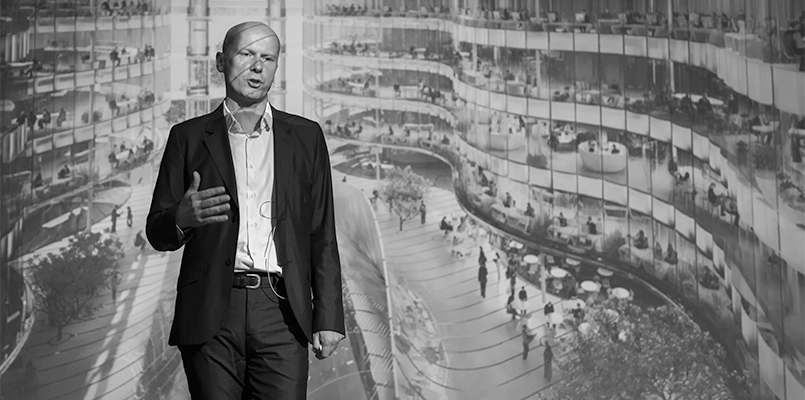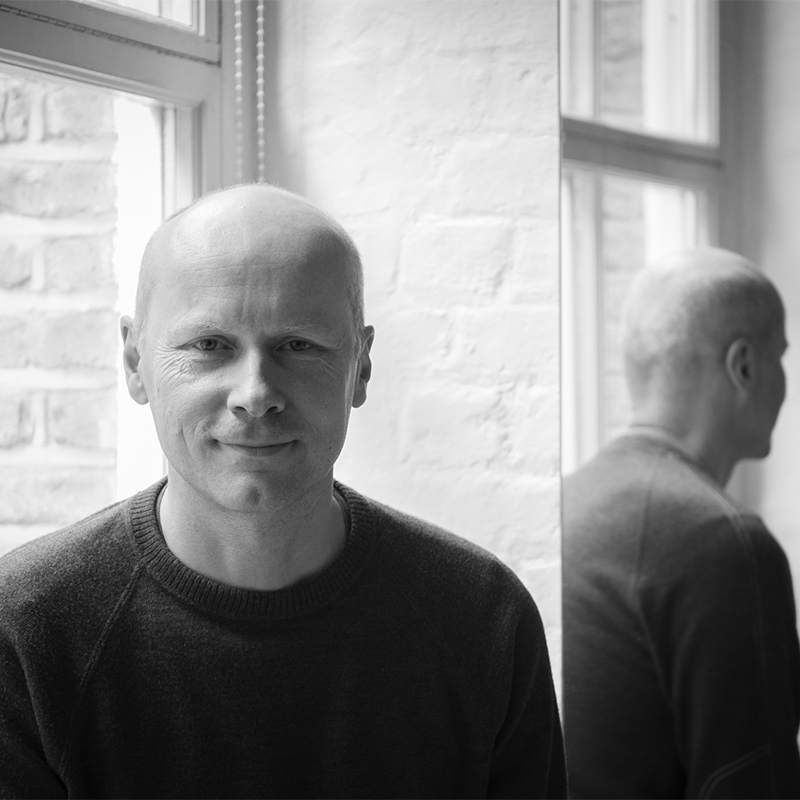Michael Pawlyn
January 26, 2016
FuturArc Interview / Jan - Feb 2016
A pioneer of biomimicry, Michael Pawlyn founded his London-based practice Exploration Architecture in 2007 to concentrate on solutions found in biology. He was shortlisted for the Young Architect of the Year Award and the Buckminster Fuller Challenge in 2008. Using biomimicry to reimagine existing building types and fashion new approaches to the design process, he favours initiatives that go beyond ‘sustainable’, which is just about mitigating negatives, to solutions that are restorative and offer net positive impacts while tackling the major challenges of our age. Having lectured extensively on biomimicry and innovative approaches to sustainable design, he became one of only a handful of architects to have a talk posted on TED.com in 2011, which has since been viewed over a million times. In the same year, the Royal Institute of British Architects published his book Biomimicry in Architecture.
YM: How do you define biomimicry?
MP: Biomimicry involves studying the way that functions are delivered in biology and then translating that understanding into a solution that suits human needs. It’s very distinct from biomorphic design, which is really about the forms and shapes that you find in nature and not much to do with the function. The two can coexist but, for me, biomimicry is a much more interesting avenue to pursue because over the next few decades, we will need a functional revolution of sorts, and it’s going to be biomimicry, not biomorphic design, that delivers that.

YM: What are the myths and misconceptions linked to biomimicry?
MP: One of the common ones is that it’s just about trying to design in a way that’s more ‘natural’, which is a word that is quite loaded with meaning. It’s often used to mean something that is inevitably healthier or just has a sort of rightness about it. I think that’s a misunderstanding of biomimicry. It’s not just about designing things more naturally. A good example is that there are plenty of things in biology that we don’t want to copy, such as voracious parasitism. Biomimicry is really about taking a very cool and discerning look about what works well in biology and what can be applied to create a good quality of life for humans and to solve some of the key challenges that we need to address over the next few decades.
To read the complete article, get your hardcopy at our online shop/newsstands/major bookstores; subscribe to FuturArc or download the FuturArc App to read the issues!
Previously Published FuturArc Interview
Contact us at https://www.futurarc.com/contact-us for older interviews.


